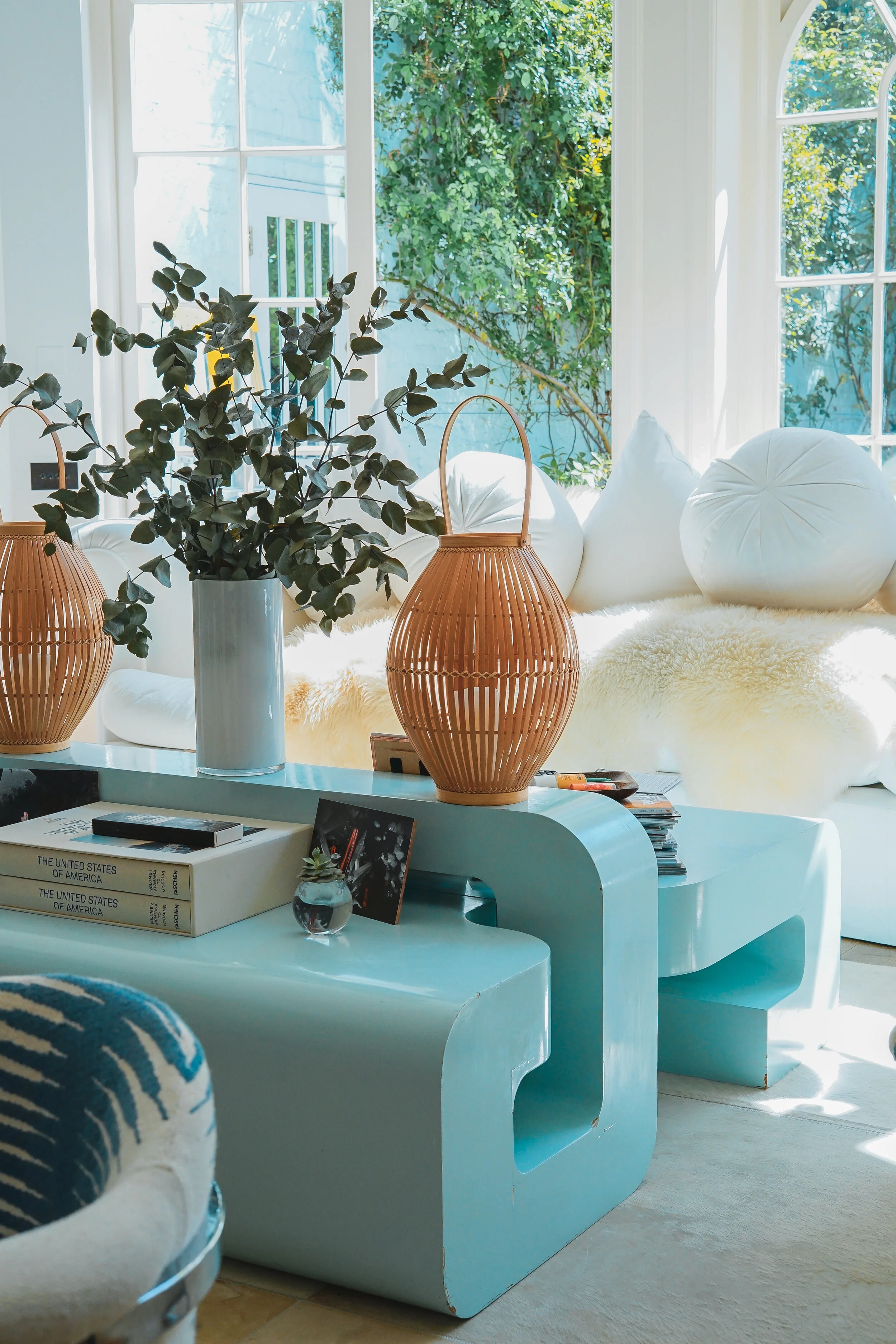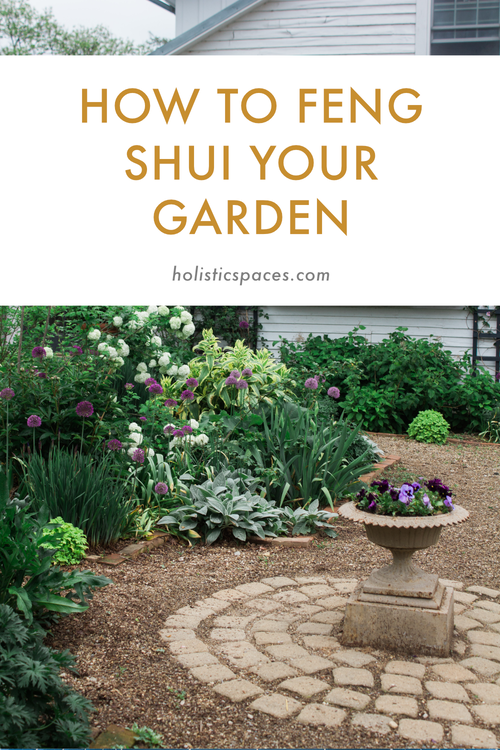Photo by Toa Heftiba on Unsplash
Anjie Cho was featured on Business of Home
For many designers, the link between living spaces and well-being is intuitive. A thoughtfully designed, personalized space sets you at ease, whereas a poorly planned one can bring on stress or blues. But what that actually looks like can vary widely: Some people feel most at home among rich hues, ample texture and low lighting; others prefer clean lines and sun-splashed minimalism. And while experts have reached certain points of consensus—like that greenery can boost mood—other topics, like how much symmetry matters in design, aren’t so clear-cut.
The good news is that design’s connection to mental health is garnering growing interest and resources, which means we’re likely to see plenty of new insights in the future. In the meantime, here’s a look at how beautiful spaces affect our brains, how art and nature can act as feel-good tools, and how color and light might influence our emotions. One thing’s for sure: In this ever-evolving realm, it’s worth keeping an open mind about how design choices can elevate (or inhibit) well-being.
…read full article
If you’d like to learn more about feng shui, check out Mindful Design Feng Shui School at: www.mindfuldesignschool.com





